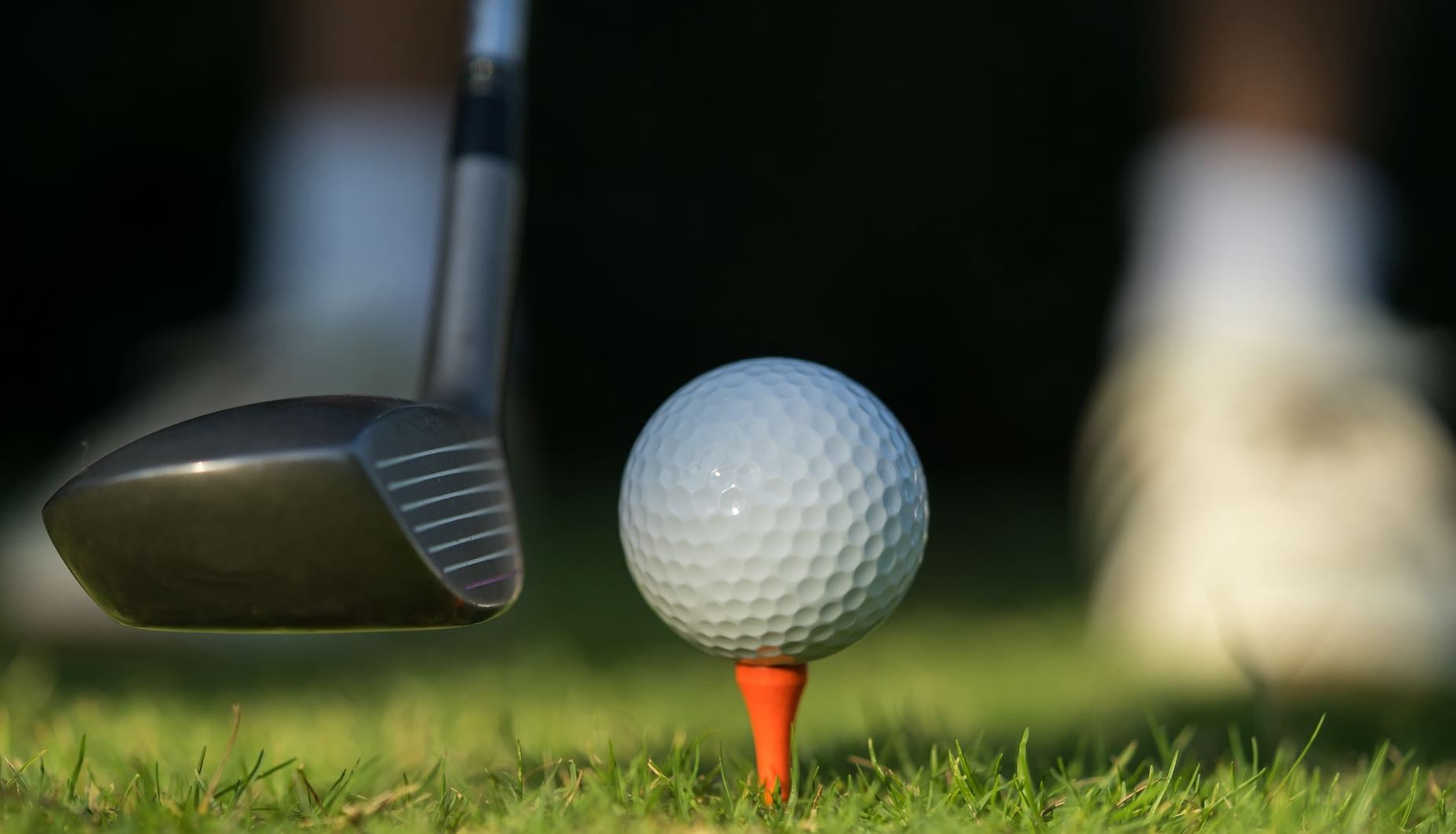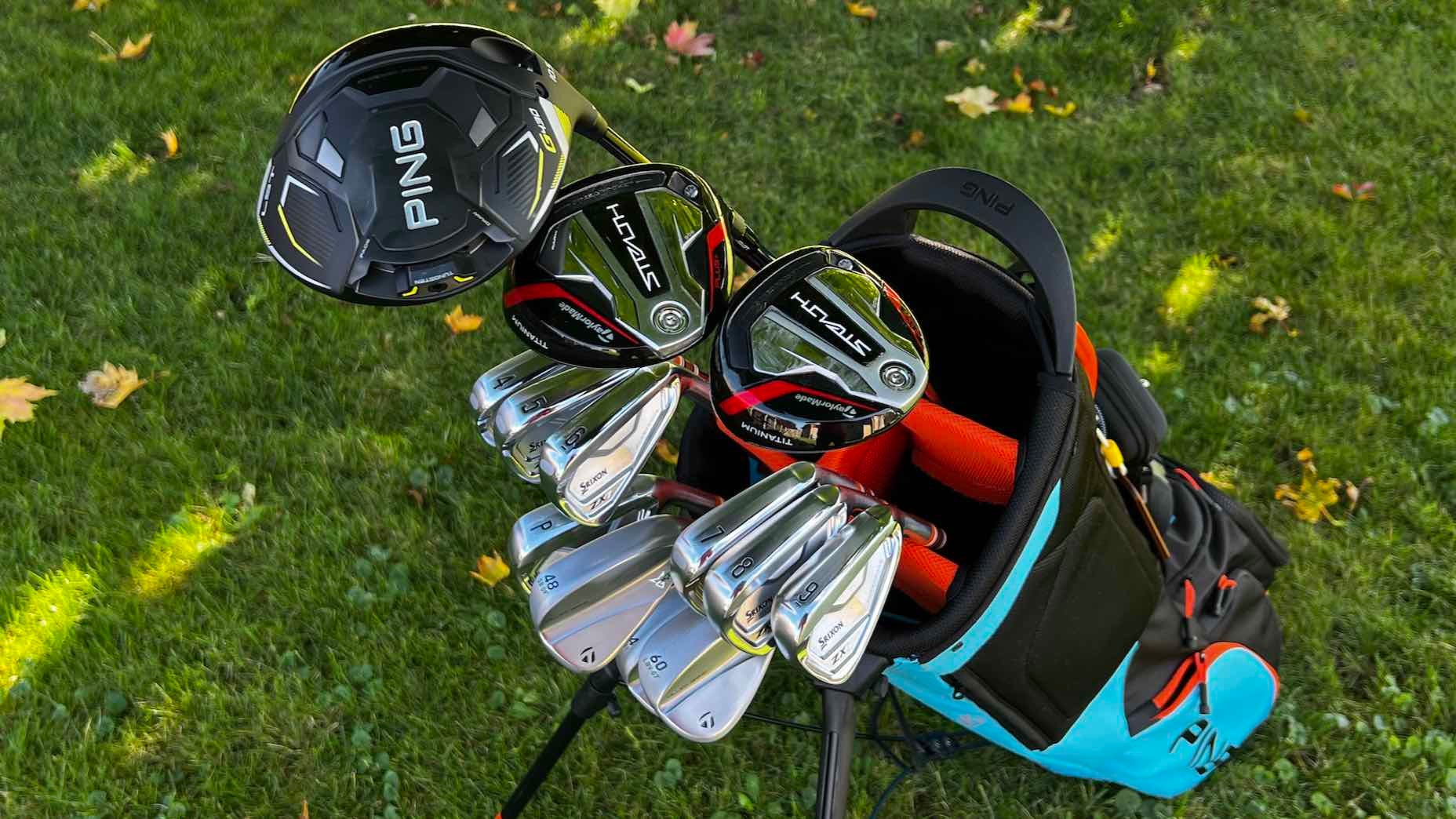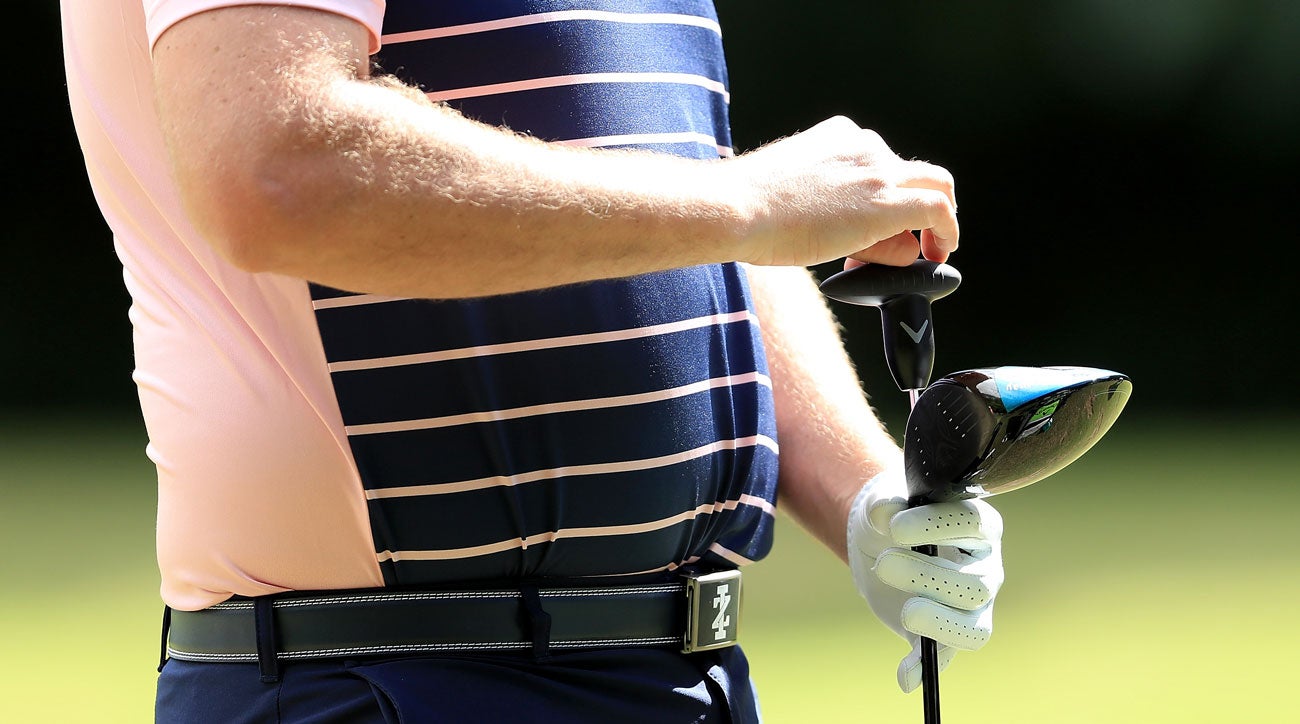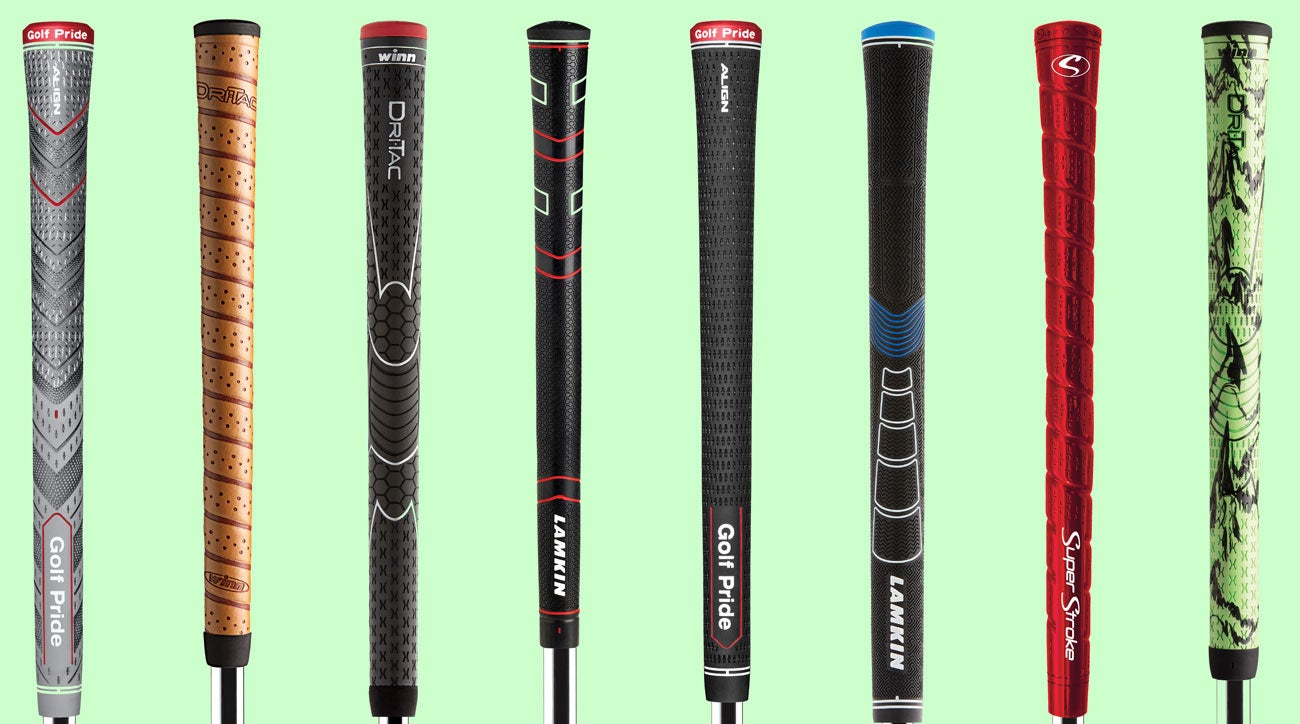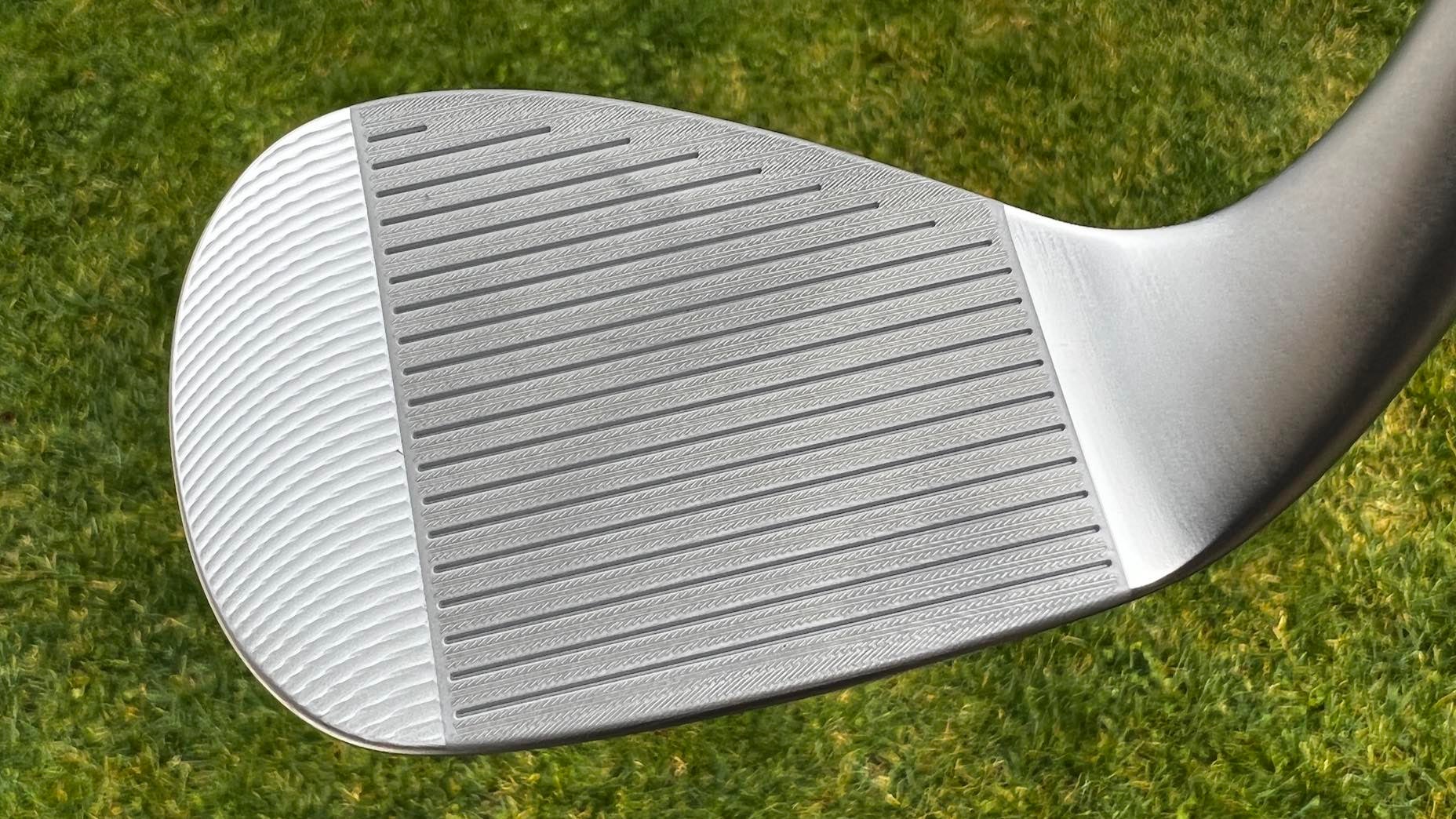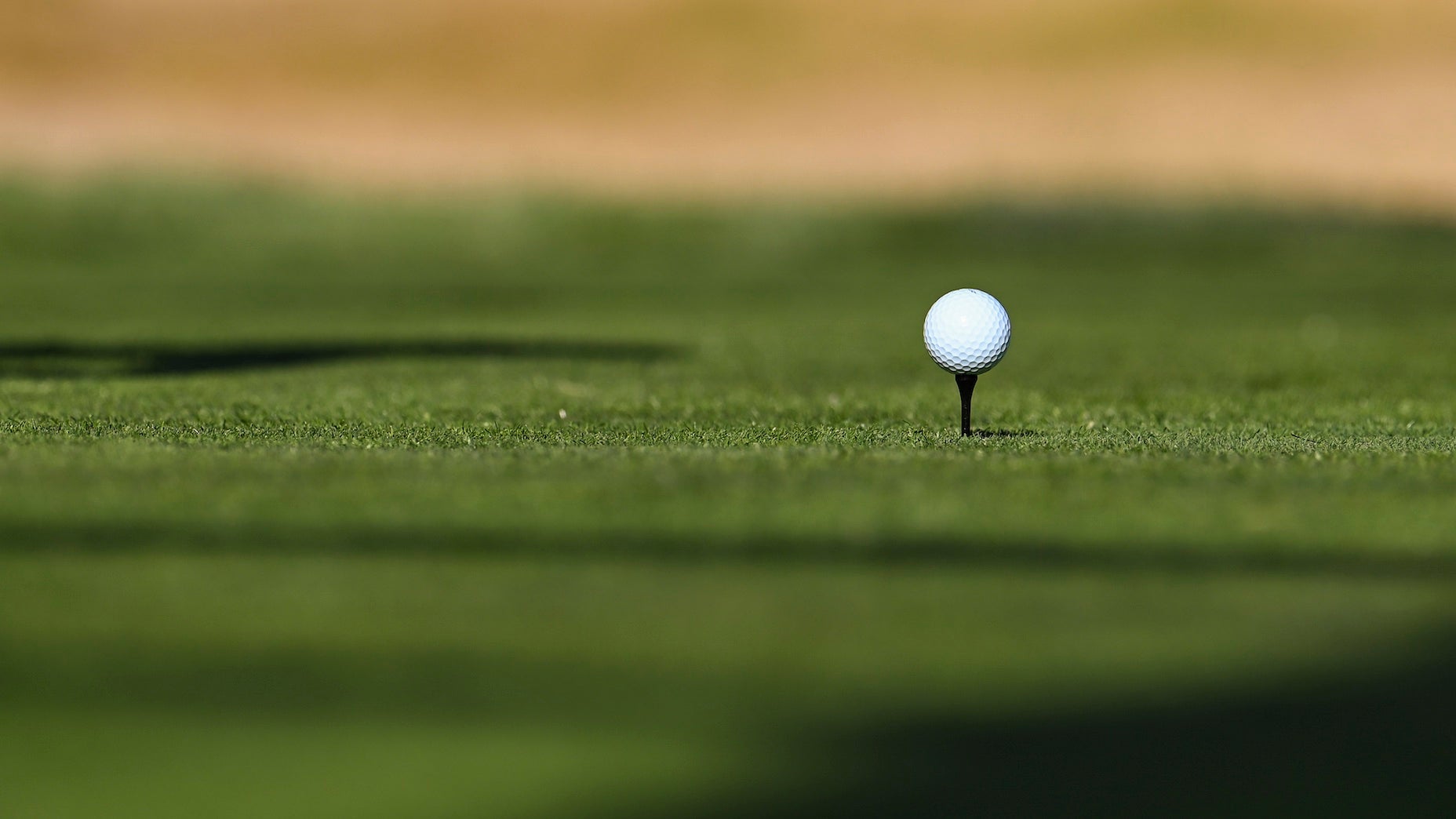Welcome to Gear Questions You’re Afraid to Ask, a GOLF.com series produced in partnership with Cleveland Golf. In the latest installment, we discuss the benefits of hybrids and metalwoods.
The modern-day club set goes something like this: driver, fairway wood, hybrid, 3-iron through pitching wedge, sand wedge, lob wedge and a putter. Your bag may look exactly like that (mine almost does), or maybe you carry one more hybrid instead of a 3-iron, or an extra wedge, etc. Point is, there’s a pecking order in the club set and most golfers have at least one of each category of clubs in their bags.
But who said you have to do it that way?
In terms of sheer performance, playability and even replaceability, it’s pretty easy to see how a driver or putter is meant to work. Same goes for your irons and wedges — they too have distinct characteristics and purposes.
When it comes to fairway woods and hybrids, though, things can get complicated — fast. Woods and hybrids sometimes overlap one another in terms of how they are designed to perform.
Case in point: let’s say you need a club that flies 215 yards. Should you opt for a high-lofted fairway wood or a low-to-mid loft hybrid? Or, with so many golfers struggling with fairway woods in the first place, and with hybrids seemingly easier to hit — should you even bother carrying woods at all?
To help sort through the clutter, here are a few tips to dial in the perfect fairway wood-hybrid combination for your golf bag. Remember, there’s no one right answer for everybody.
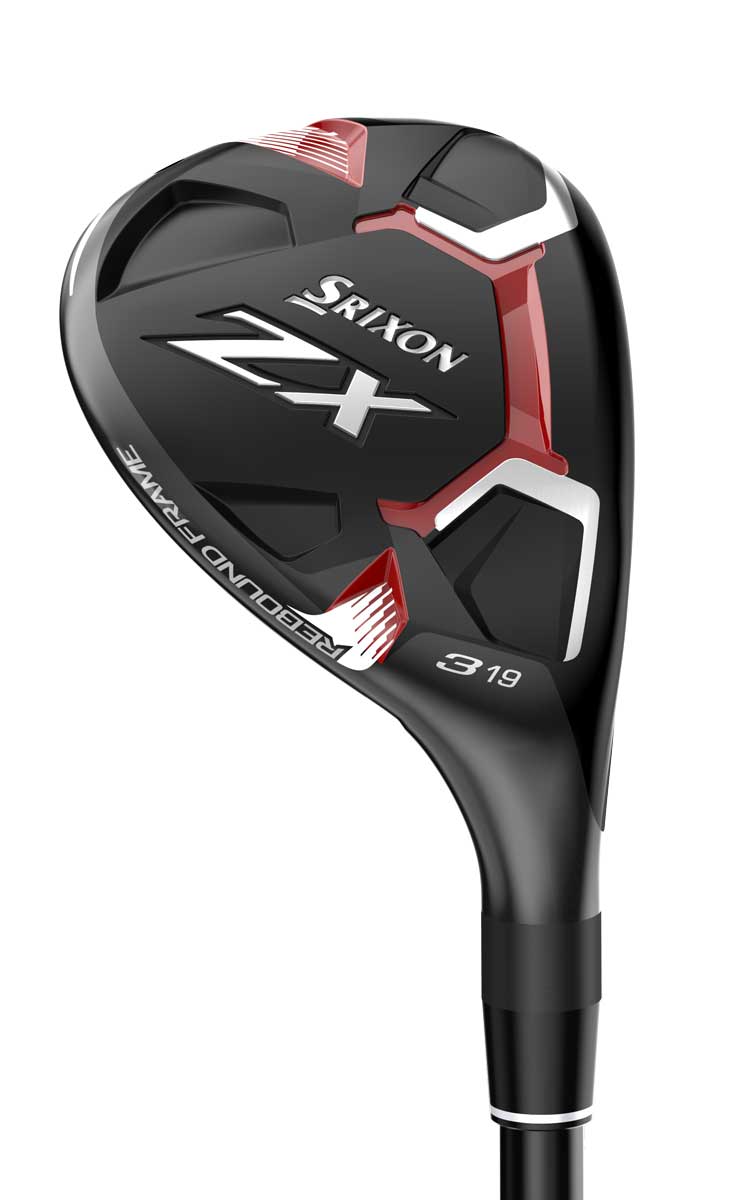
Srixon ZX hybrid
1. When to use
Today’s fairway woods are about as long as drivers were 20-30 years ago, making them tremendous alternatives for when the driver goes rogue. Why, you ask? Fairway woods have shorter shafts, more loft and impart more backspin, making them easier to hit straight and with added control despite their diminutive size when compared to a driver.
Now here’s where it gets tricky: Many golfers, especially those with slower swing speeds, steep swings or whose nemesis shot is hitting a wood from tightly mown grass, shouldn’t even consider using a wood from the fairway. See No. 2 for why that is.
2. Easier is better
Despite being labeled as fairway woods, these clubs are usually harder to hit off the turf than hybrids. One could chalk this up to fairway woods being longer in length and more driver-like, or maybe it’s because hybrids are more versatile.
Whatever the reason, the fact is many golfers will hit better shots more often off the turf using hybrids over fairway woods — even with the ball not flying quite as far. It takes a shallow swing with plenty of clubhead speed to hit a wood well enough off the fairway to reap the reward. With hybrids, there’s way more room for error for those who have a slower and/or steeper swing.
3. Sharpen your shot-making
We’re not trying to knock on fairway woods, here. If you’re a player who does not struggle with consistency when it’s time to hit a fairway wood off the deck, or if you’re a player who wants to shape shots, fairway woods present plenty of opportunities to do just that.
You may need to hit a stinger off the tee that flies low, or a high cut around a tree from the fairway — these types of shots are generally more attainable with woods than with hybrids and fly farther to boot. For maximum shot-making, consider Srixon’s ZX woods that are built for a penetrating launch with low spin and a more workable ball-flight.
4. Worthy replacements
There are two categories of hybrids nowadays: wood-like hybrids and iron-like hybrids (often called utility irons), each designed to complement or serve as replacements to their namesakes. The important thing here is this — if you’re a player who needs more confidence from the fairway and who wants forgiveness first, consider a hybrid that looks like an iron, such as Cleveland’s Launcher UHX. It’s a club designed for maximum forgiveness and distance in an iron-like shape.
If you prefer added mass behind the ball for more confidence, go with a wood-like hybrid — no matter what type of club you’ve chosen to replace.
ClubTest 2021: 5 draw-biased drivers that’ll help you correct a sliceBy: Jonathan Wall
5. Beware of overlaps
No matter what combination of woods or hybrids you settle on, you want to avoid owning two different clubs that yield similar results. Ask yourself and be honest — is there a huge difference in how far your 3-wood flies when compared to your hybrid? Or maybe you carry two hybrids — if so, are your ball flights and distances discernible?
I did a little test of my own set and unwittingly, I had a pair of hybrids that although were different lofts and models, produced shots that were pretty similar to one another. This led to me ditching both and choosing a new one with a lower loft and another to replace my 3-iron to mind the huge gap I had between my irons and hybrids.
Ultimately, as is the case with most club-buying decisions, it’s up to you to decide the optimal blend of woods and hybrids to help you play your best. A local club-fitter — like our 8AM affiliate True Spec — is a good place to start and can certainly help decide what’s right for you and at the same time, lend you a boost in confidence knowing that your woods and hybrids are setup perfectly.
Want to overhaul your own bag for 2021? Visit the expert fitters at our sister company, True Spec Golf. For more on the latest gear news and information, make sure to check out our recent Fully Equipped podcast in the Spotify link below.
